Nintendo is a global household name, even to people who don’t really play games. Currently functioning as a Japanese multinational video game company that was originally founded in 1889, what was known as Nintendo Karuta back then started out by producing handmade hanafuda playing cards.
It was only nearly a century later when Nintendo began distributing its first ever video game console—and the rest was history.
Related: Nintendo issues DMCA takedown to Valve over Dolphin’s emulator launch on Steam
If you’re guessing that their first console was the NES, then you’d be wrong. Continue reading below if you’re curious about every single Nintendo game console the company produced, from the mega-successes to the ultra-niche failures.
All Nintendo consoles from oldest to newest
Color TV-Game (1977-1980)
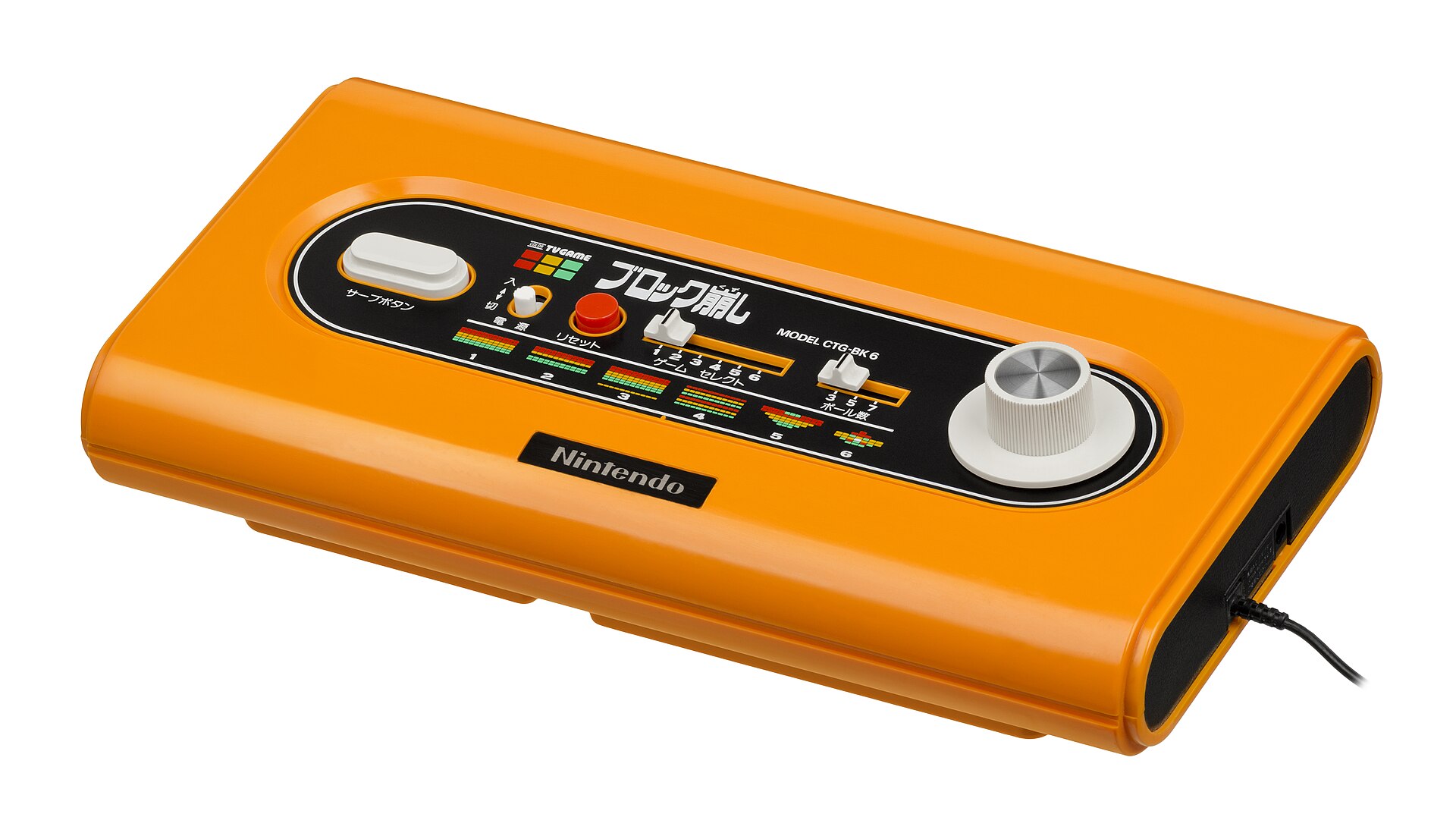
Color TV-Game is a series of five dedicated home consoles released over the span of four years, only in Japan. Each console contained a small number of games and a built-in controller. The consoles cumulatively sold three million units, approximately.
The Color TV-Game console series consists of:
- Color TV-Game 6 (June 1, 1997) with six variations of Pong.
- Color TV-Game 15 (June 8, 1978) with 15 variations of Pong.
- Color TV-Game Racing 112 (June 8, 1978) with a racing game.
- Color TV-Game Block Breaker (April 23, 1979) with a game based on Breakout.
- Computer TV-Game (1980) with Computer Othello.
Game and Watch (1980)

The Game and Watch changed the scene for the early years of gaming when it was released, popularizing the idea of taking your games wherever you went. The console wasn’t incredibly popular, but it had a hassle-free wireless design and compact body, a model that is being followed by Nintendo for their newer consoles to date.
The Game and Watch series sold 43.4 million units worldwide.
Family Computer/Nintendo Entertainment System (NES) (1983)

The Nintendo Entertainment System was the company’s first home video game console released outside Japan and was consequently when Nintendo became a global name in the video game industry. Launch titles of the legendary console include Super Mario Bros, Duck Hunt, and Pinball.
The NES was marketed as the Family Computer—abbreviated as Famicom—in Japan, with the console selling 61.96 million units worldwide and helping revitalize the video game industry following the video game crash of 1983.
Game Boy (1989)
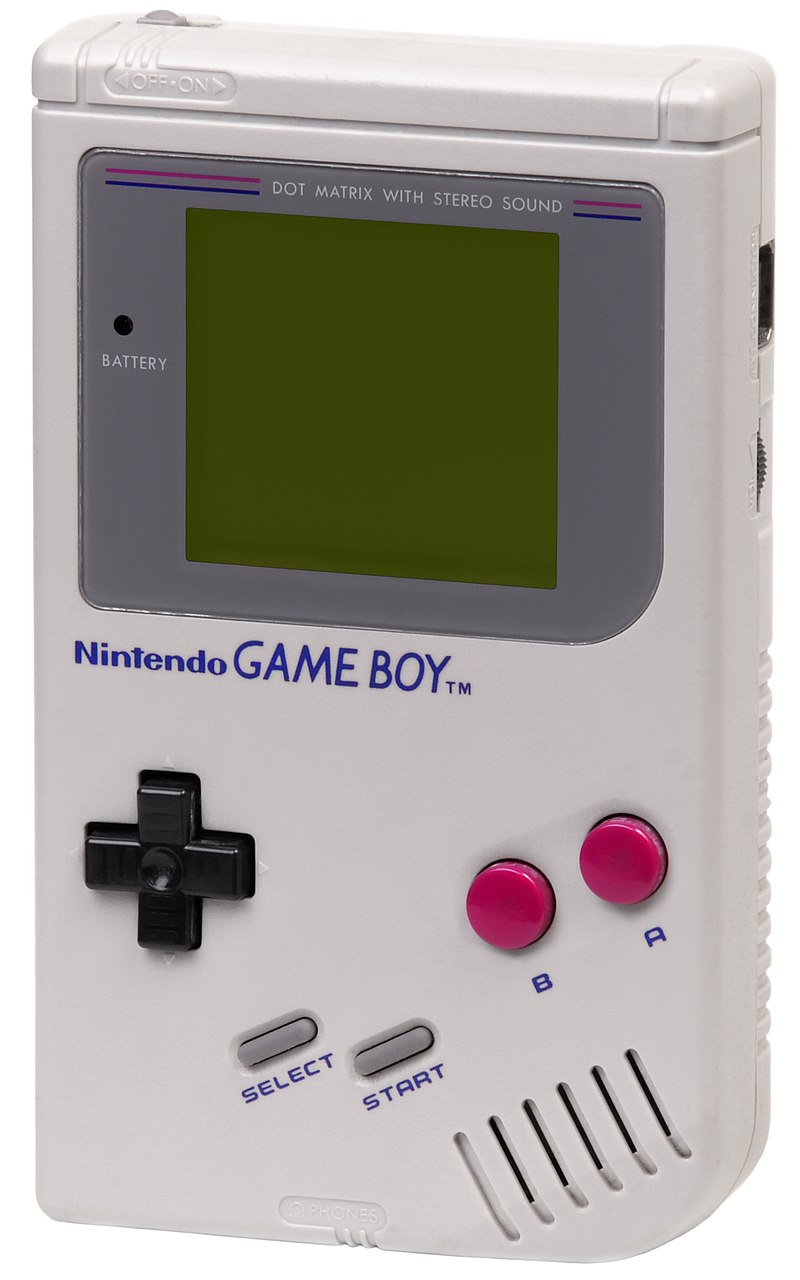
The Game Boy was the first handheld game console sold by Nintendo that possessed interchangeable ROM cartridges for each game. The Game Boy was the first console in the Game Boy family and had a bunch of various reiterations and upgrades, such as the Game Boy Light and the Game Boy Pocket.
The Game Boy is one of the best-selling game consoles around the globe, selling more than 100 million units worldwide.
Super Famicom/Super Nintendo Entertainment System (SNES) (1990)

Even with intense competition from the Sega Genesis that was released around the same time, the Super Nintendo Entertainment System was a smash hit. Officially abbreviated as the SNES, the Super Nintendo Entertainment System is known for upgrading Nintendo’s stacked game library, adding invaluable sequels into the company’s most famous franchises, which in turn made the games even more critically acclaimed. Some of these games were Super Mario World, Final Fantasy VI, Super Metroid, and Zelda: A Link to the Past.
Even though the console got off to a late start, the SNES turned out to be the best-selling console of the 16-bit era, selling 49.1 million systems worldwide.
Virtual Boy (1995)

What was basically a 90s attempt at virtual reality, the Virtual Boy had players lean into a visor mounted on an elevated surface to indulge in true 3D graphics through an effect known as parallax. Unfortunately for Nintendo, the reviews were sour as users felt more queasy than in awe after experiencing games through their new console.
While you could say that the Virtual Boy was ahead of its time, the players of its era certainly did not appreciate it, causing it to become Nintendo’s least-sold standalone console at less than one million units sold worldwide. The Virtual Boy was consequently shelved months after its release.
Nintendo 64 (1996)

The N64 is a noteworthy name in Nintendo’s history of consoles, getting its name from the 64-bit CPU it used, with the N64 being Nintendo’s last home console that required cartridges.
While the console was successful initially, it did have to compete with the Sega Saturn and Sony’s PlayStation, leading it to undersell the SNES at 32.93 million systems worldwide.
Game Boy Color (1998)
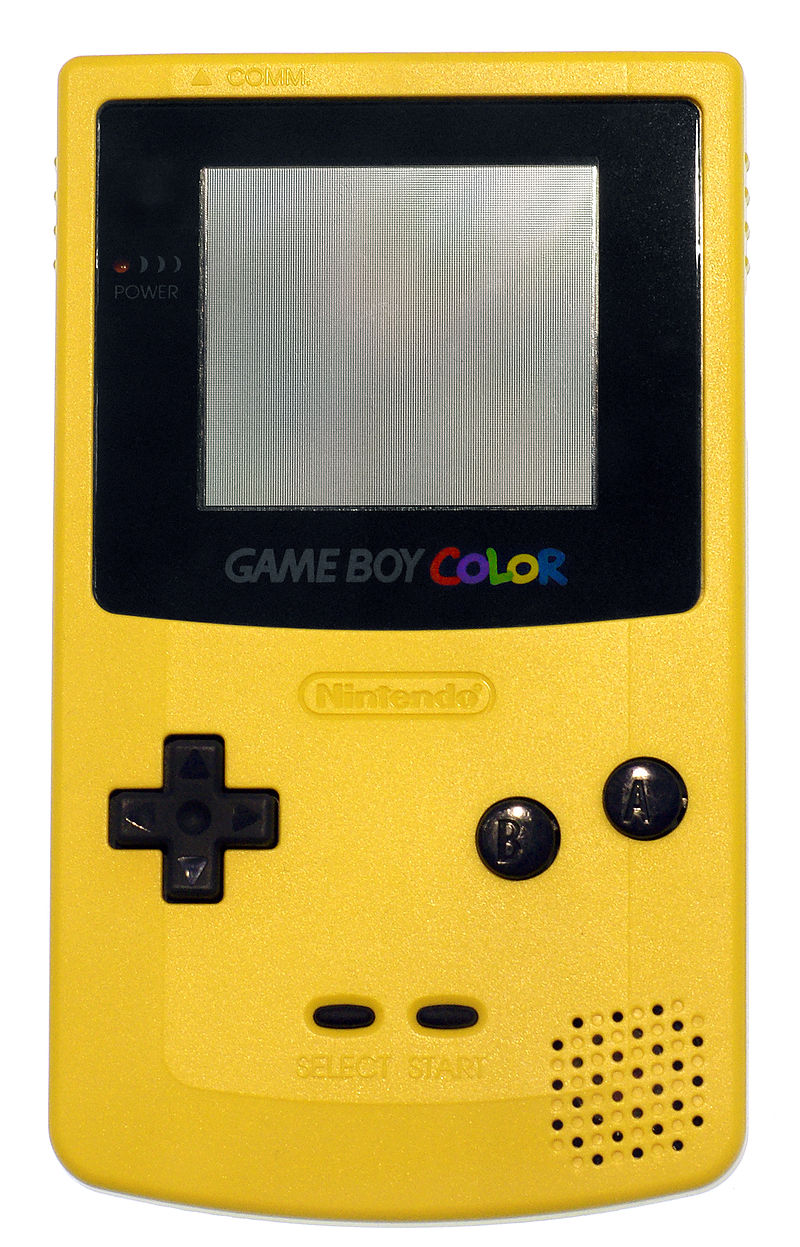
Acting as the successor to the original Game Boy, the Game Boy Color featured an 8-bit processor and a custom Zilog Z80 central processing, made to compete with the WonderSwan Color and the Neo Geo Pocket. Nintendo also made the console backwards compatible, leading the Game Boy Color to skyrocket in popularity as it saved users money by letting them have extensive game libraries on a single system.
The Game Boy Color sold a whopping 118.69 million units worldwide, making it the fourth-best-selling system of all time.
Game Boy Advance (2001)

The Game Boy Advance was the first major technological upgrade in the Game Boy line, with better graphics and a wider range of colors available to developers. Nintendo then released two revised versions of the GBA, the Game Boy Advance SP and the Game Boy Micro in 2003 and 2005, respectively.
The three Game Boy Advance models went on to sell 81.51 million units worldwide.
GameCube (2001)
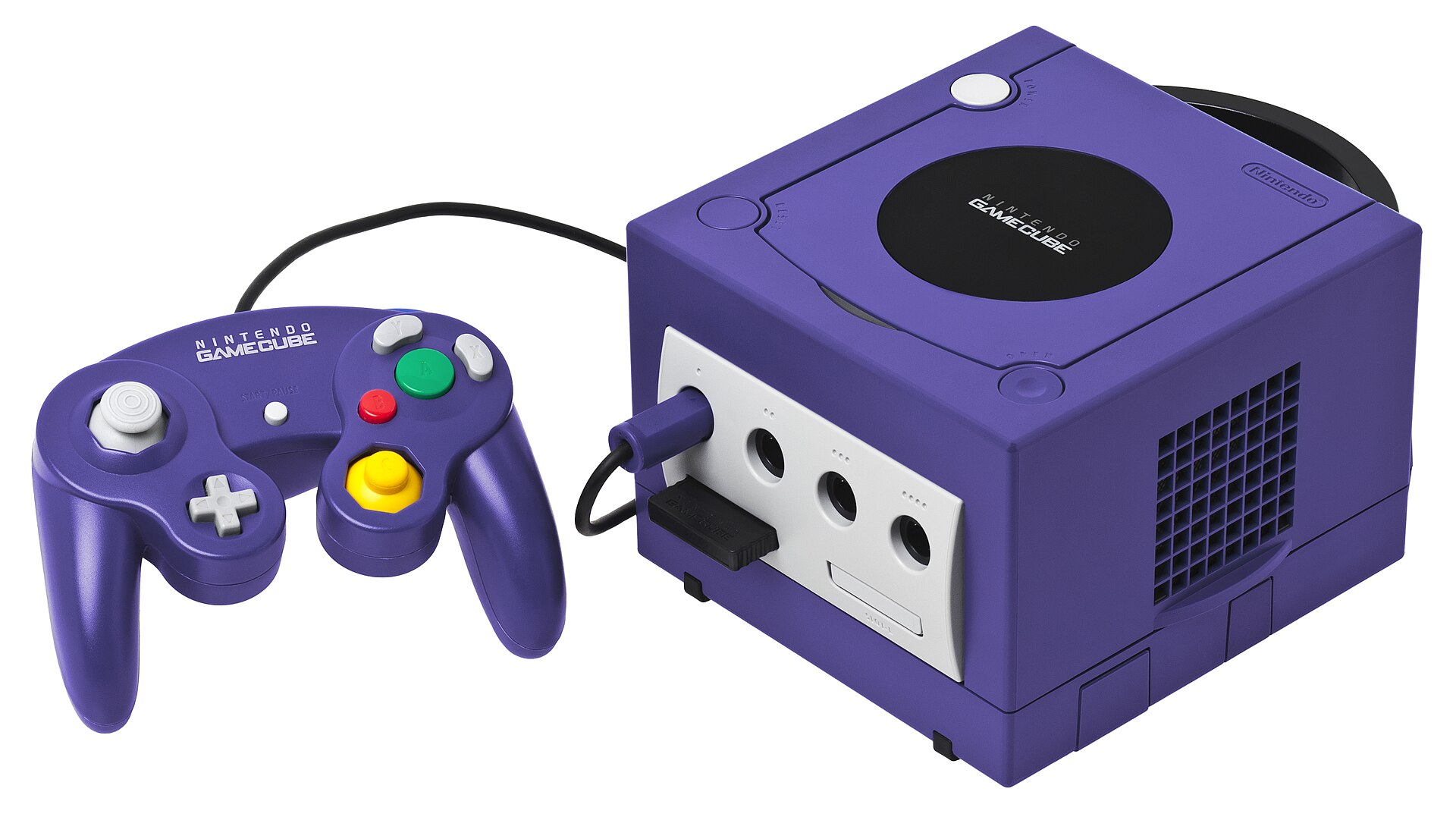
The Nintendo GameCube was the company’s sixth generation console, the same gen as Sony’s PlayStation 2, Microsoft’s Xbox, and Sega’s Dreamcast, which meant that it had tons of competition to deal with. The GameCube was Nintendo’s first console to use optical discs instead of cartridges.
The Nintendo GameCube sold a cumulative 21.74 million units worldwide.
Pokémon Mini (2001)

The Pokémon Mini was a portable console themed around the Pokémon franchise while also being Nintendo’s cheapest console ever sold at $40 per unit. Additionally, each of the games sold cost a mere $15 each, with titles such as Pokémon Party Mini, Pokémon Breeder Mini, and Togepi’s Great Adventure.
Sales of the Pokémon Mini were incredibly poor, and there are no reliable records of how many units were sold.
Nintendo DS (2004)

Nintendo completely overhauled its handheld console design with the release of the Nintendo DS, a device that introduced a creative new dual-screen setup. The bottom display featured a touchscreen that could be used to interact with games, while the top screen acted as a regular LCD screen.
The Nintendo DS’ main rival was the Sony PSP, but since the console boasted backwards compatibility with GBA games along with a couple of revised models with improved performance and features, the DS line cumulatively sold 154.02 million units, making it the best-selling Nintendo system and the best-selling handheld game console to date.
Wii (2006)

The Wii was Nintendo’s seventh-generation home console. The system was designed to appeal to a wider audience than those of its main competitors, the PlayStation 3 and Xbox 360 by specifically marketing towards casual players and audiences that were new to video games. This aim was emphasized by the Wii Remote accessory, a user-friendly handheld motion controller.
The Wii was a huge success for Nintendo, selling 101.63 million consoles worldwide and leading the Wall Street Journal to declare that Nintendo had become “the company to beat in the video games business.”
Nintendo 3DS (2011)

While the look is nearly identical, the Nintendo 3DS is the successor to the DS and a new console at the time. The 3DS notably showed off three cameras, one internal and two on the outside.
In 2012, the 3DS CL was released, with larger screens and design changes. Following this, the Nintendo 2DS was released, a variant designed to be more affordable without the clamshell design or 3D capabilities.
The Nintendo 3DS family of systems combined has sold 75.94 million units.
Wii U (2012)

The Wii U was released as a direct successor to the Wii, and the first entry in the eighth generation of home video game consoles. The Wii U features more-extensive online functionality than the Wii, supporting online multiplayer and downloading and purchasing new games and apps, while also supporting video chat. Unlike the Wii, the Wii U is capable of high-definition graphics.
The Wii U reportedly went on to sell just 13.56 million units worldwide.
Nintendo Switch (2017)

The Nintendo Switch was Nintendo’s second entry in the eighth generation of home video game consoles, acting as a hybrid device that can be used as a home console inserted into the Nintendo Switch Dock attached to a television, stood up on a table with the kickstand, or as a portable console.
The console features two detachable wireless controllers called Joy-Con that can be used on their own or attached to a grip. The Nintendo Switch Pro Controller is a traditional style controller similar to the one of the GameCube.
Related: Best Pokémon Games on Nintendo Switch, Ranked
As of March 2023, all Nintendo Switch models have sold more than 125 million units worldwide, making it Nintendo’s best-selling home console and the third-best-selling game console of all time, right behind Sony’s PlayStation 2 and the Nintendo DS.
Nintendo Switch Lite (2019)

The Nintendo Switch Lite borrowed all the elements that made the Switch a success while taking away the option to plug the console into a television. With a simple user interface along with internet connectivity, the system became popular with even the most casual, non-gaming crowd.
Even though the Switch Lite cost less than the Switch, it did not compromise on the array of the games that could be played on the console, with almost all Switch games available on both systems. The Nintendo Switch Lite went on to sell 20.40 million units worldwide as of December 31, 2022.


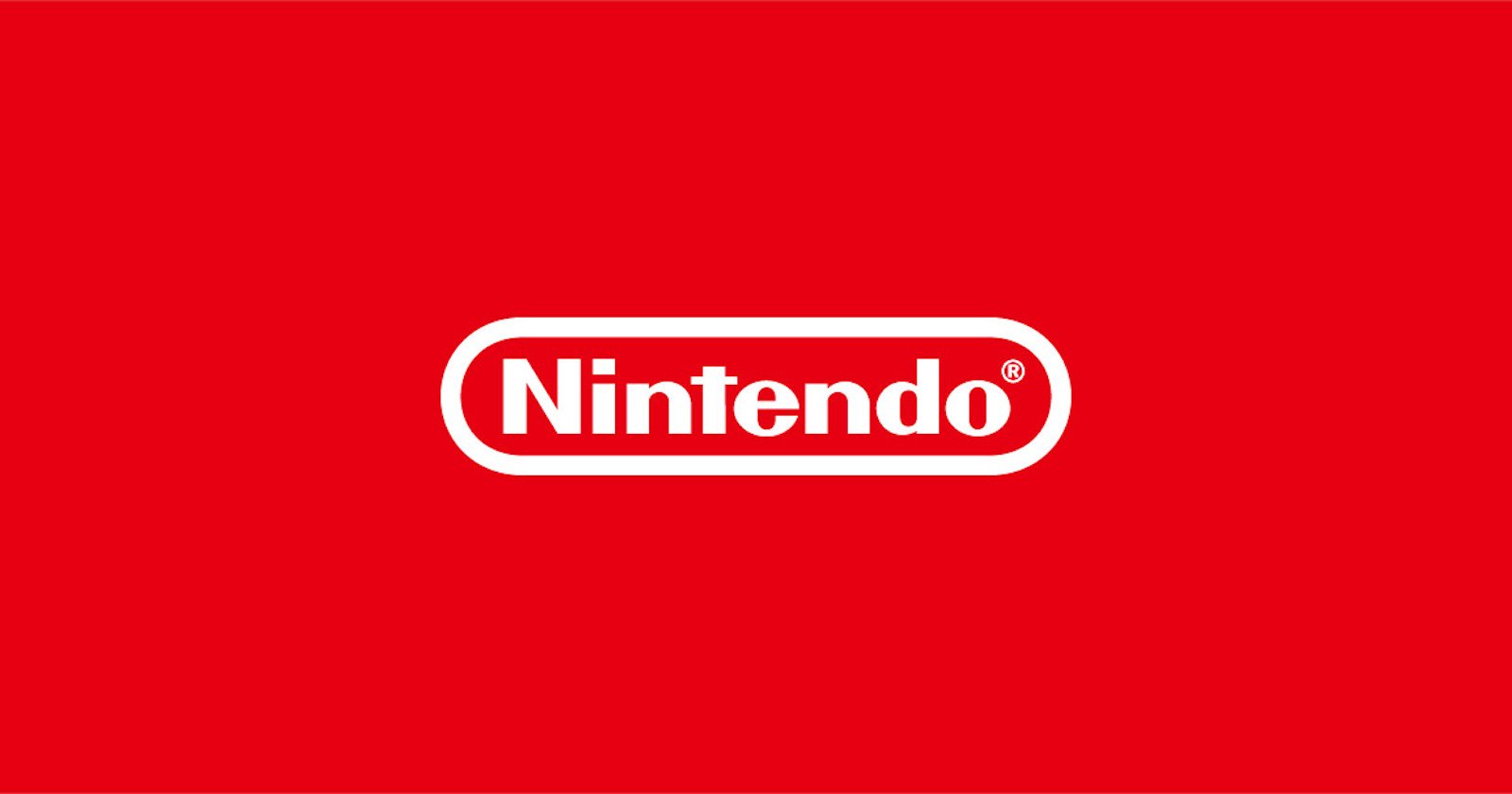
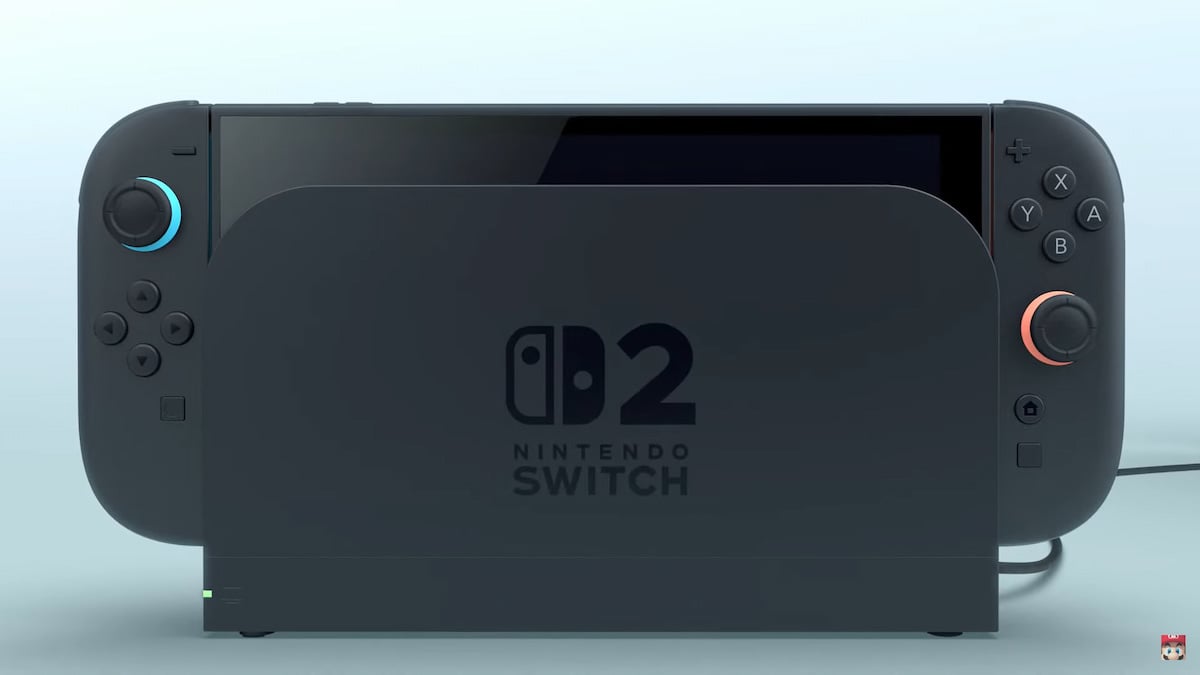
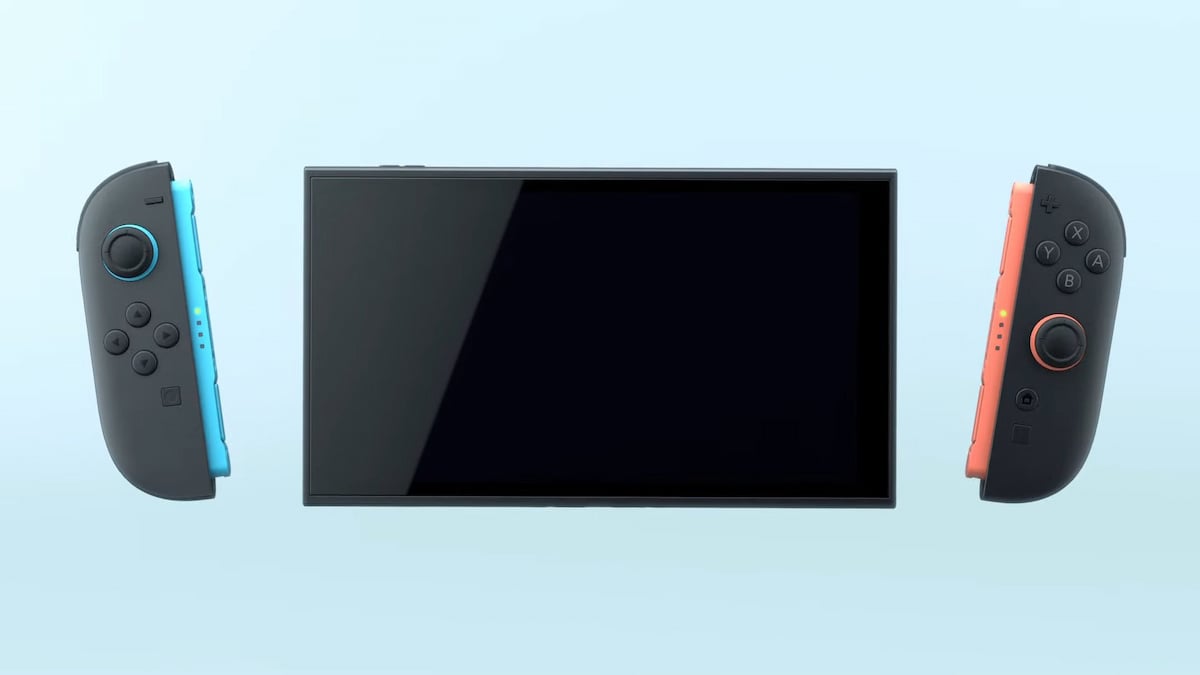

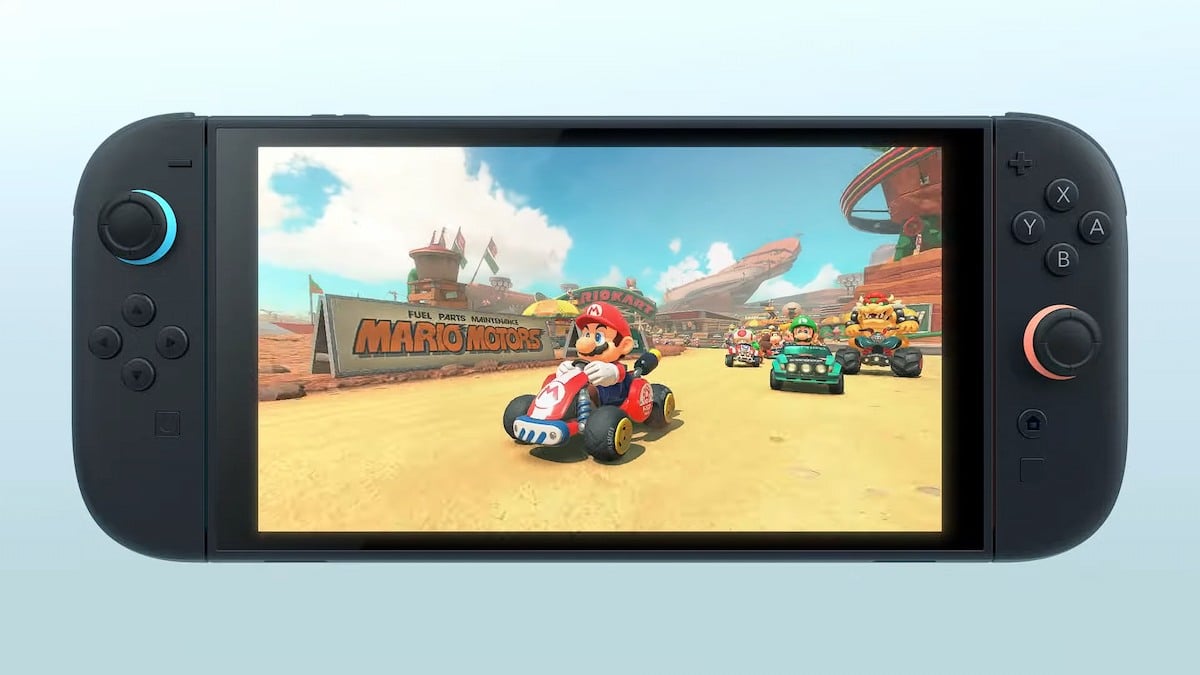
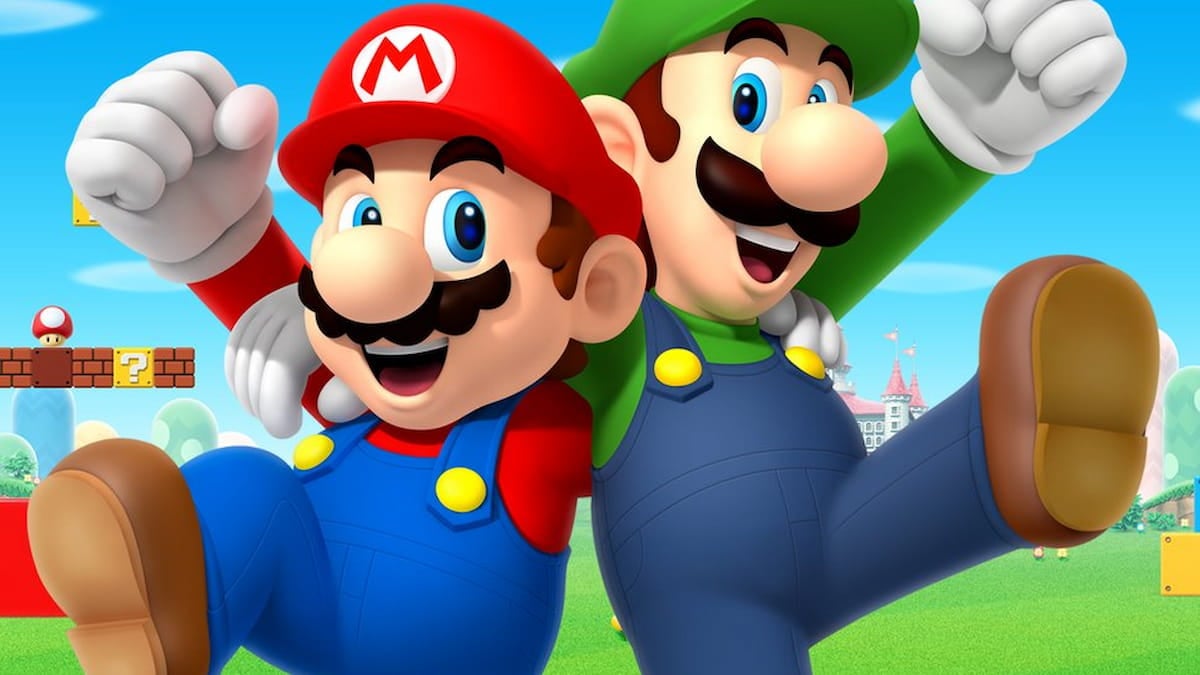
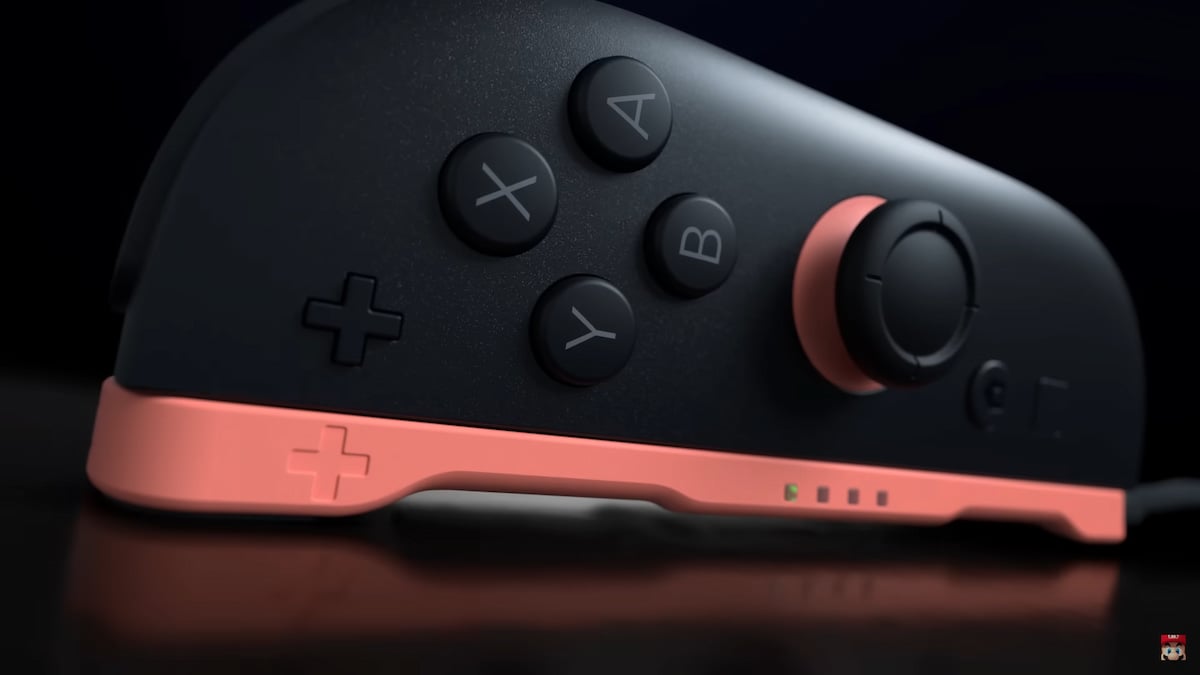
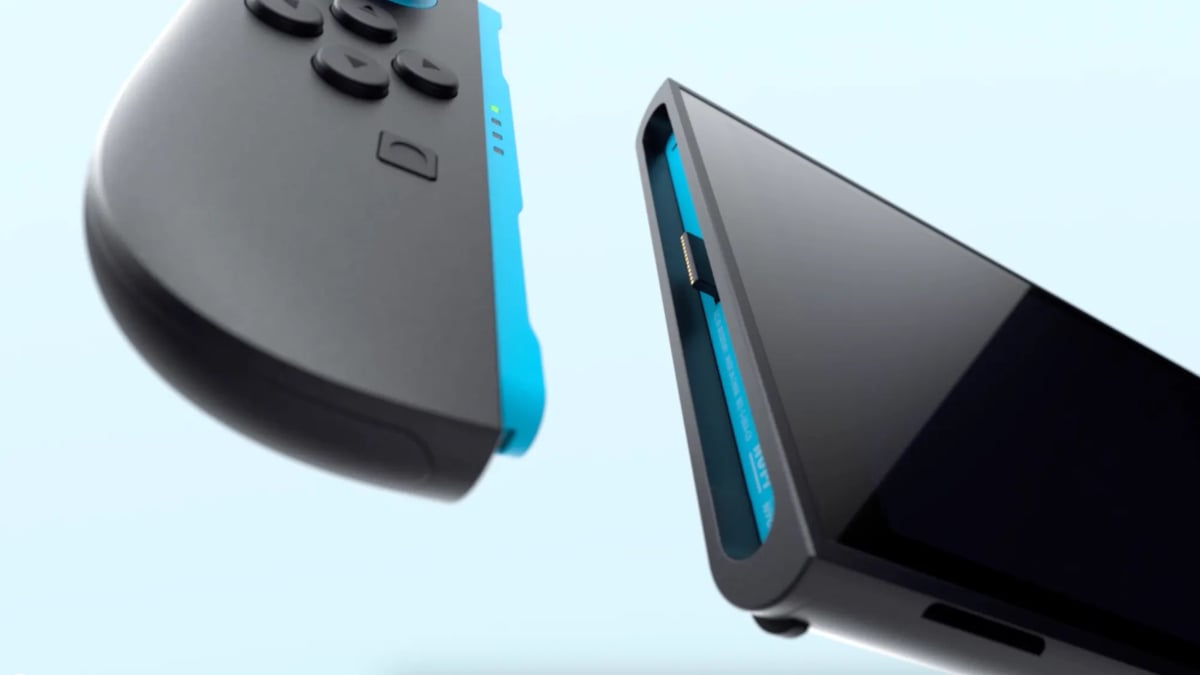
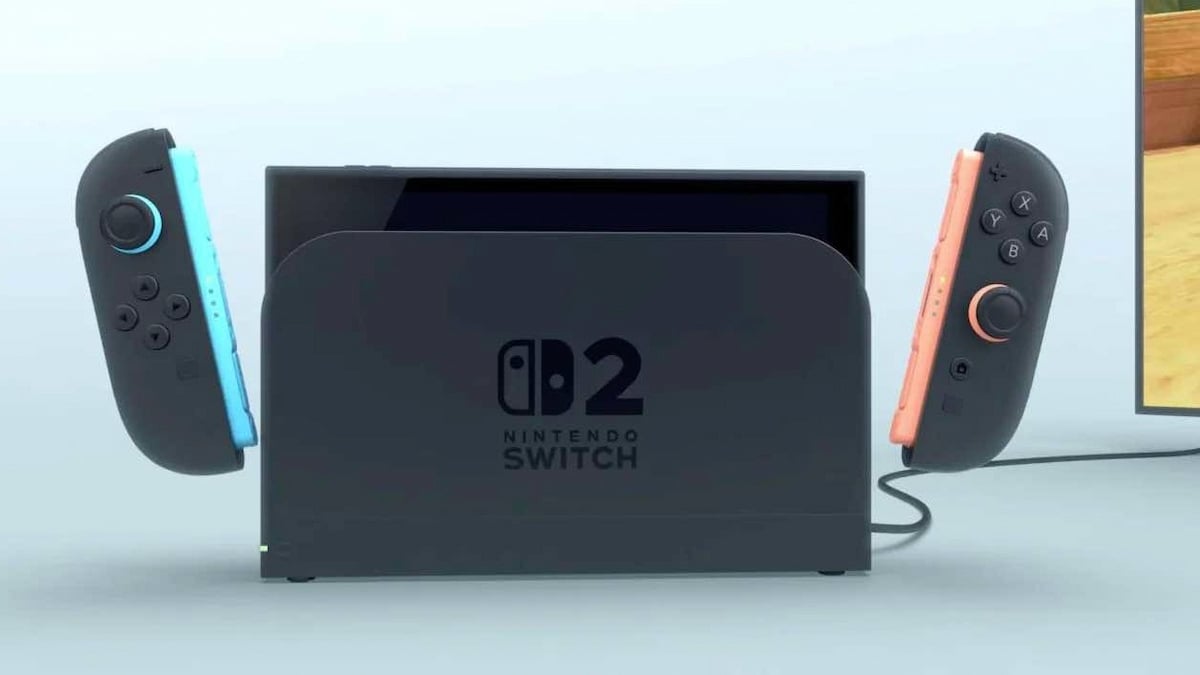
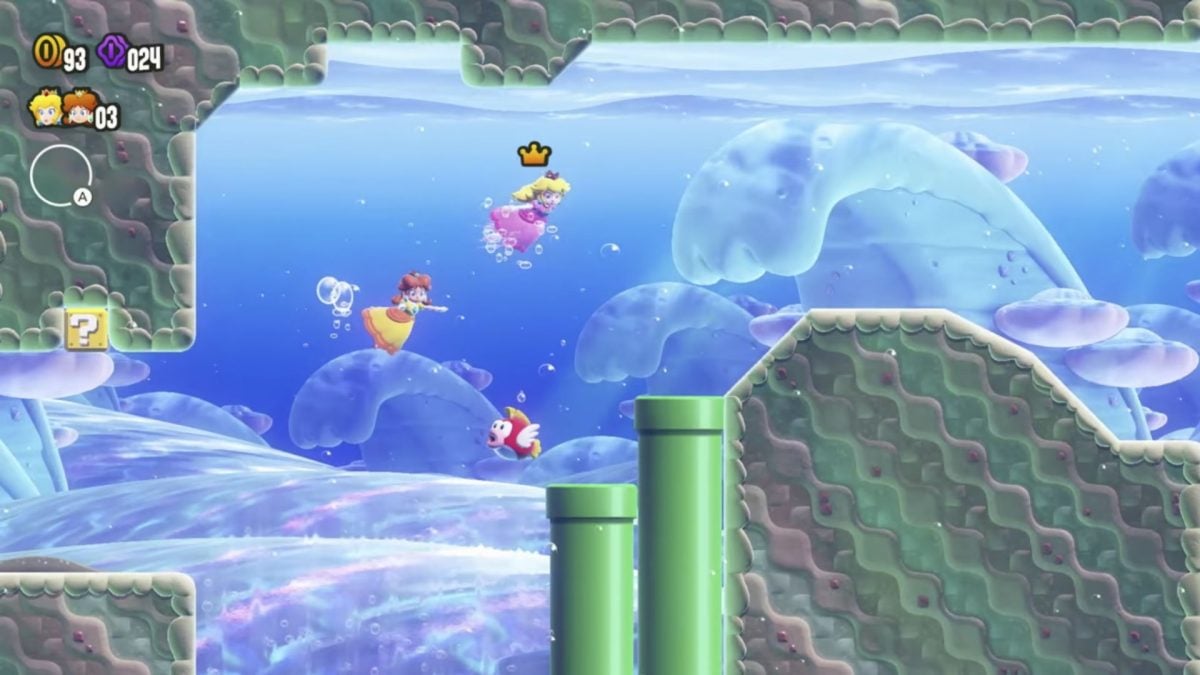
Published: May 31, 2023 11:48 am